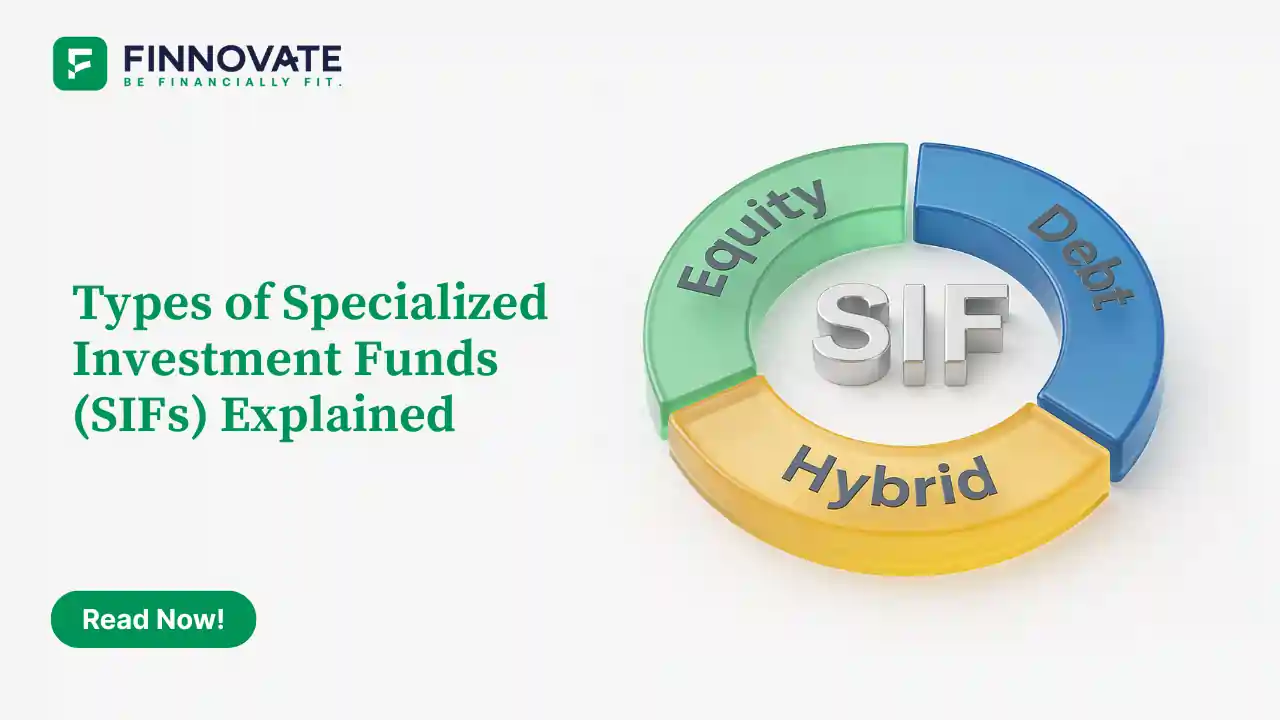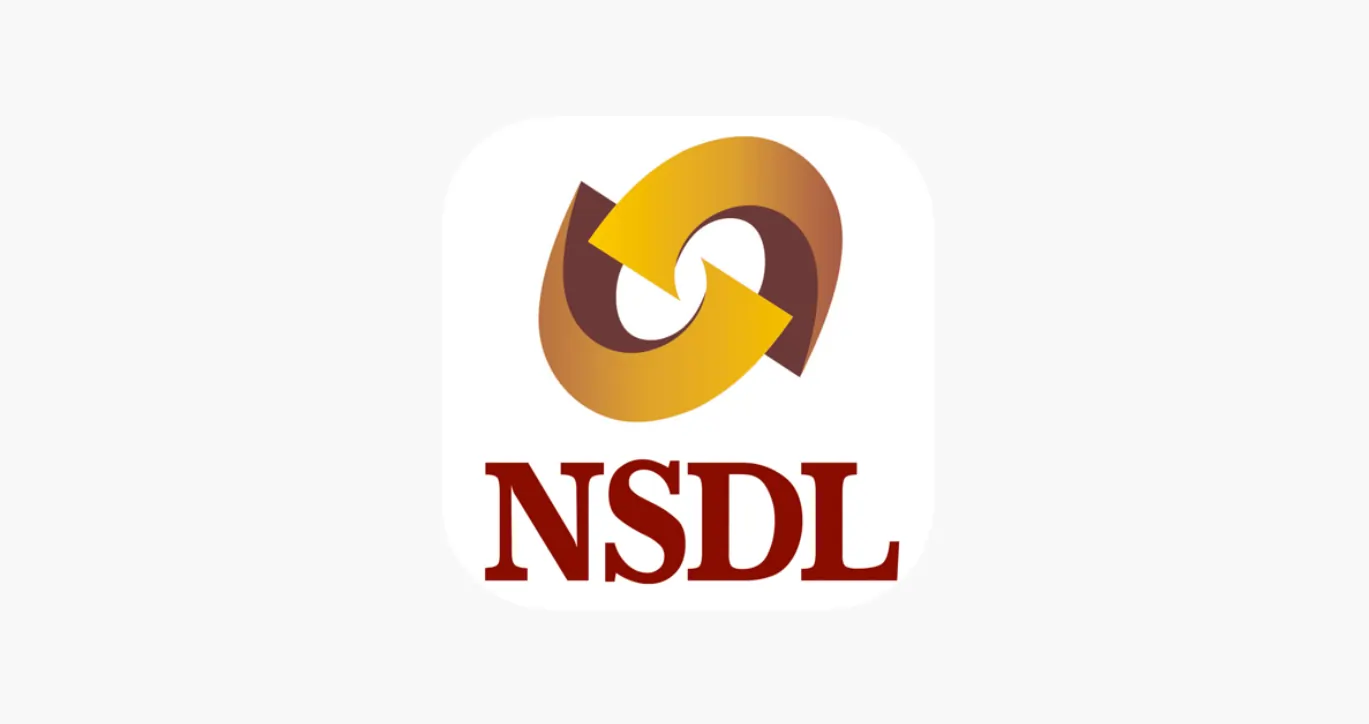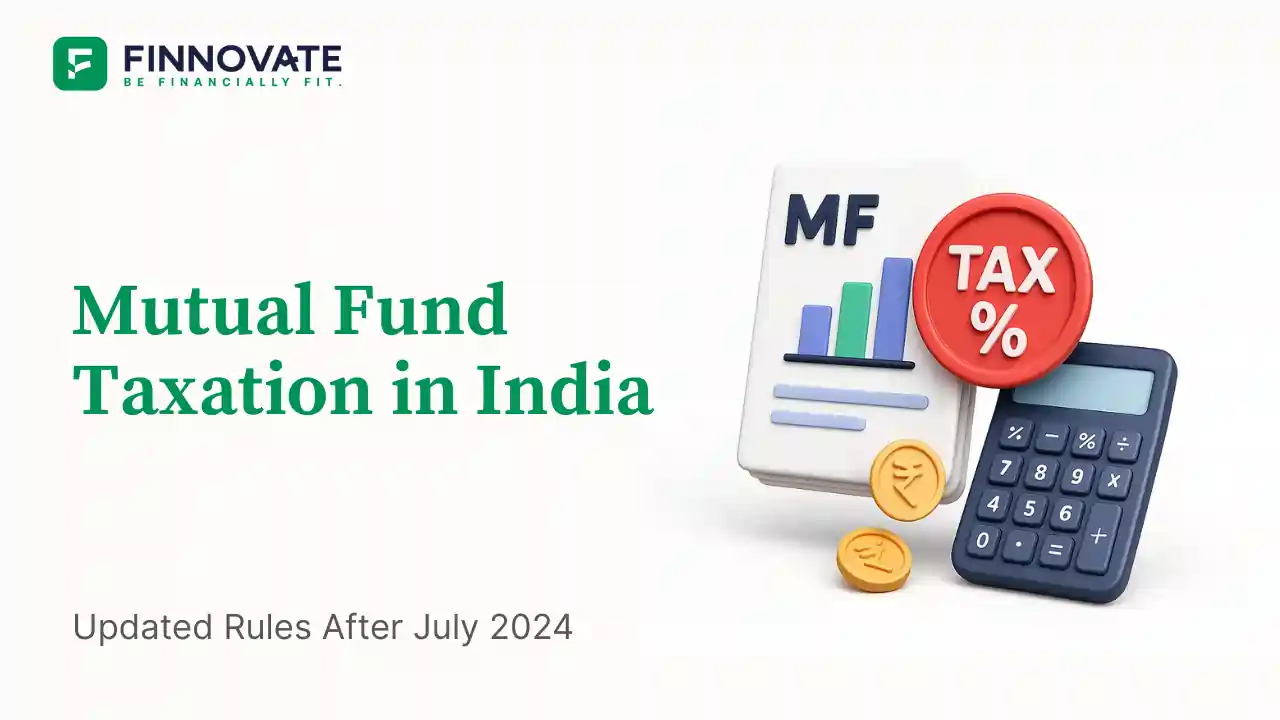Types of Specialized Investment Funds (SIFs) Explained

By

If you’ve already read our previous article on what a Specialized Investment Fund (SIF) is, you know that SEBI introduced SIFs to bridge the gap between mutual funds and portfolio management services (PMS).
But what many investors don’t realize is that SIFs come in multiple formats and strategies, each designed for a different investment approach and liquidity preference.
In this article, we’ll simplify the 3 main SIF categories - Equity-Oriented, Debt-Oriented, and Hybrid Funds - and the specific strategies under each. You’ll also find a full comparison table that helps you understand what differentiates them in terms of assets, features, and withdrawal frequency.
SIFs can take both long and short positions - meaning they can benefit from both rising and falling markets. Depending on the underlying assets and approach, SEBI classifies them into three broad types:
Below is a simplified view based on SEBI’s classification and fund structures seen in recent AMC launches.
| Category | Specific Strategy | Primary Assets | Key Feature / Focus | Withdrawal Frequency |
|---|---|---|---|---|
| Equity-Oriented | Equity Long-Short Fund | Listed equities (across all market caps) | Equity-focused strategy with potential for short exposure | Daily |
| Equity Ex-Top 100 Long-Short Fund | Stocks outside the top 100 by market cap (mid/small caps) | Targets alpha in smaller companies | Daily | |
| Sector Rotation Long-Short Fund | Equities in up to 4 specified sectors | Actively rotates exposure across sectors | Daily | |
| Debt-Oriented | Debt Long-Short Fund | Bonds, CPs, CDs, and G-secs | Active interest rate and credit spread management | Weekly |
| Sectoral Debt Long-Short Fund | Debt instruments across select sectors | Focused credit exposure with limited hedging | Weekly | |
| Hybrid | Active Asset Allocator Long-Short Fund | Equities, debt, derivatives, REITs/InvITs, commodities | Dynamically adjusts allocation across asset classes | Twice Weekly |
| Hybrid Long-Short Fund | Balanced mix of equity and debt | Includes exposure in both asset classes with hedging flexibility | Twice Weekly |
These funds operate like actively managed equity portfolios with the added freedom to take short positions. They can hedge against market volatility and use derivatives to fine-tune exposure.
Example strategies:
Liquidity: Usually daily redemption windows, depending on fund design.
These SIFs go beyond conventional debt funds by taking tactical short exposures on interest rate movements or credit spreads. They can manage risk actively by using interest rate futures, swaps, or credit derivatives.
Example strategies:
Liquidity: Weekly redemption cycles (due to settlement and underlying market structure).
Hybrid SIFs combine the best of both worlds - equity and debt - and can tactically shift allocations depending on market cycles. These funds can go long or short in either asset class, giving them the flexibility to manage returns and risk dynamically.
Example strategies:
Liquidity: Typically allows twice-weekly redemptions to balance liquidity and stability.
SIFs differ significantly from mutual funds not just in flexibility, but also in structure and risk profile.
Before selecting any Specialized Investment Fund, it’s important to understand that each SIF strategy serves a specific purpose - whether that’s managing volatility, generating income, or pursuing alpha through tactical allocation.
Your decision should depend entirely on your risk tolerance, investment horizon, and financial objectives, rather than on market sentiment or product complexity.
Every fund is required to publish an Investment Strategy Information Document (ISID) - a SEBI-mandated disclosure outlining the fund’s strategy, instruments used, risk parameters, and liquidity windows. Reading the ISID carefully before investing is essential to understand what the scheme is designed to achieve and how it manages risk.
If you want to understand how Specialized Investment Funds align with your broader investment strategy, our team at Finnovate can walk you through their role and structure - helping you make confident, informed decisions.
Book a Free Financial ConsultationSIFs mark a new chapter in India’s investment landscape - a step closer to global-style long-short and absolute-return frameworks, yet with SEBI oversight.
Their strength lies in how they let investors participate across market cycles - without being locked into a single direction. Understanding their types, strategies, and liquidity structures is key to making informed, confident decisions.
Finnovate is a SEBI-registered financial planning firm that helps professionals bring structure and purpose to their money. Over 3,500+ families have trusted our disciplined process to plan their goals - safely, surely, and swiftly.
Our team constantly tracks market trends, policy changes, and investment opportunities like the ones featured in this Weekly Capsule - to help you make informed, confident financial decisions.
Learn more about our approach and how we work with you:

Learn how to easily download your NSDL CAS Statement in PDF format with our step-by-step guide. Follow our instructions to log in to NSDL e-Services, download your account statement, and subscribe for
Read Full
Explore what Specialised Investment Funds (SIFs) are, their benefits, taxation, minimum investment, how to invest, how they compare with mutual funds and PMS and latest developments in SIF space
Read Full
Learn How to Download Your CDSL CAS Statement with our step-by-step guide. Easy instructions for accessing your investment details online.
Read Full
Analyzing the potential economic impact of the 2025 India-Pakistan conflict on India's GDP growth, manufacturing sector, and foreign investment.
Read Full
Determine if your Demat Depositary (DP) is NSDL or CDSL easily. Follow our guide to check using broking platforms or Demat account number formats
Read Full
Looking for the best financial freedom books? Here’s a handpicked 2025 reading list with summaries, why to read, and who it's best for.
Read Full
RBI cuts repo rate by 50 bps and CRR by 100 bps in June 2025 to boost growth. Learn how it impacts inflation, borrowing, sectors, and market trends.
Read Full
Clear guide to mutual fund taxation in India for FY 2025–26 after July 2024 changes: equity STCG 20%, LTCG 12.5% with ₹1.25L exemption, debt/hybrid rules, dividends, examples, tables, and FAQs.
Read Full